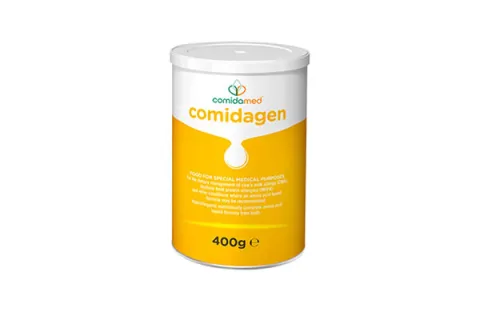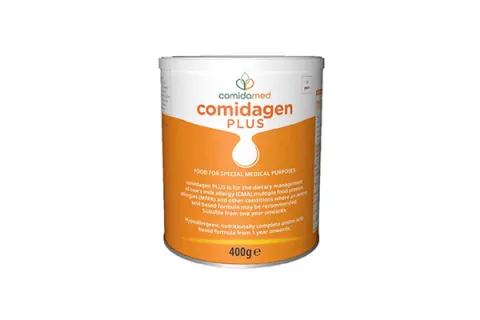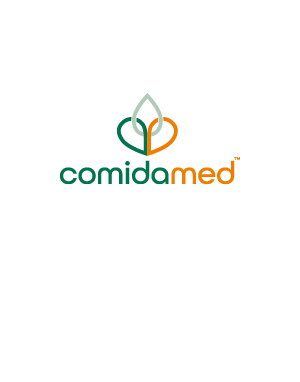Gastrointestinal or Digestive Symptoms of Cow's Milk Allergy
It is reported that up to 34% of infants with Cow's Milk Allergy (CMA) have gastrointestinal manifestations1, however, in cases of non-IgE-mediated CMA almost all will have some form of GI/digestive symptoms.
These can include one or combinations of the following:
Reflux and regurgitation
Both reflux and regurgitation are known to be symptoms of some forms of CMA2. Food allergy may also be considered in food protein induced Gastro-oesophageal Reflux Disease (GORD). When gastro-oesophageal reflux leads to “troublesome symptoms that affect daily functioning and/or with complications” it is called GORD3. One such complication is dysphagia.
Colic
Colic is a condition that is characterised by excessive, often inconsolable crying in babies, typically seen in the first few weeks to months of life4,5. It is proposed in the Rome IV criteria that when parents report their infant has cried or fussed for 3 or more hours per day, during 3 or more days in the preceding week it can be considered colic4.
A number of factors including food allergy may contribute to colic development in infants1.
Vomiting
Vomiting is a relatively common symptom associated with both IgE and non-IgE-mediated CMA, occurring immediately within minutes or as a delayed reaction (after hours or days)⁶.
Diarrhoea
Diarrhoea is among the most frequently reported GI symptoms1 in relation to cow’s milk allergy (CMA) affecting more than half of all children6.
Constipation
Constipation is defined as the delay in, or difficulty with, defecation, lasting two or more weeks. It is a common problem6 in infants and young children and has been reported in 18% of healthy infants7.
Blood in stools (Haematochezia)
CMA, particularly in non-IgE-mediated forms with GI involvement¹.
Dysphagia
Dysphagia may occur in individuals with cow’s milk-related functional gastrointestinal disorders (FGIDs)⁸ and in those with food-allergy-related gastroesophageal reflux disease⁶.
- Vandenplas Y, Broekaert I, Domellöf M, et al. An ESPGHAN position paper on the diagnosis, management, and prevention of cow’s milk allergy. J Pediatr Gastroenterol Nutr. 2024;78(2):386–413.
- Salvatore S, Vandenplas Y. Gastroesophageal reflux and cow milk allergy: is there a link? Pediatrics. 2002;110(5):972–84.
- Rosen R, Vandenplas Y, Singendonk M, et al. Pediatric gastroesophageal reflux clinical practice guidelines. J Pediatr Gastroenterol Nutr. 2018;66(3):516–54.
- Zeevenhooven J, Koppen IJN, Benninga MA. The new Rome IV criteria for functional gastrointestinal disorders in infants and toddlers. Pediatr Gastroenterol Hepatol Nutr. 2017;20(1):1–13.
- Sung V. Infantile colic. Aust Prescr. 2018;41(4):105–10.
- Koletzko S, Niggemann B, Arató A, et al. Diagnostic approach and management of cow’s milk protein allergy in infants and children: ESPGHAN GI Committee practical guidelines. J Pediatr Gastroenterol Nutr. 2012;55(2):221–9.
- Groetch M, Venter C, Meyer R. Clinical presentation and nutrition management of non-IgE-mediated food allergy in children. Clin Exp Allergy. 2025;55(3):213–25.
- Al-Beltagi M, Saeed NK, Bediwy AS, et al. Cow’s milk-induced gastrointestinal disorders: from infancy to adulthood. World J Clin Pediatr. 2022;11(6):437–54.
Related products
Browse the products available for managing this condition.


